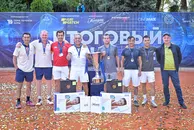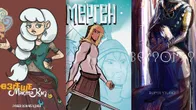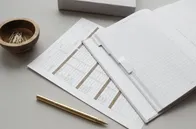This element accompanies us wherever we go – from office jobs to weekend gym trips and even within our apartments. It's all about the texture, whether it's the newly purchased table with smooth corners or a chair that provides genuine comfort. Everything is intricately linked with design, which transforms a space into a living environment, and to achieve this, one must truly be a visionary.
One of those people is Daniyar Uderbekov. Having joined the ranks of product designers just a couple of years ago, he brought considerable experience from another field — exhibition design. His background includes work on the Kazakhstan pavilions for numerous world fairs, from EXPO 2005 in Aichi, Japan, to the 2012 edition in Yeosu, South Korea. In his new endeavor, however, Daniyar chose to draw heavily from the nomadic roots of the Kazakh people, creating sustainable furniture pieces that are unlike any other.
QazMonitor sat down with Daniyar to discuss the nomadic influence on his works, his latest creation—a sustainable armchair and ottoman set—along with insights into global trends in furniture design.
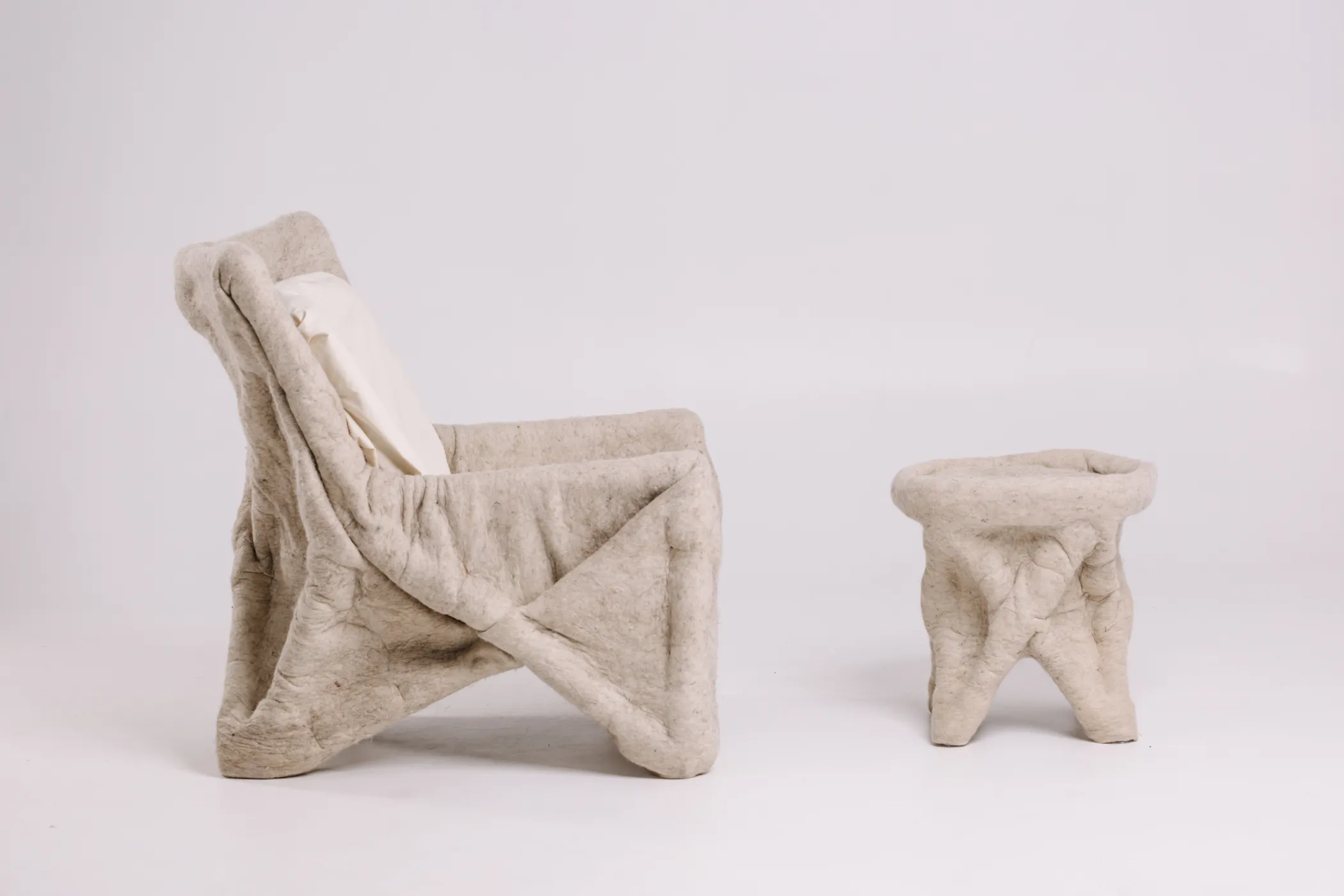
When did you settle on your current style?
A couple of years ago, I took a course in product design, and during my studies, I kept to the Western style of design. I appreciated the motto, ‘More is less.’ But at some point, I had this question rising from within. There are a lot of Western designers who depersonalize their work, bringing it to a kind of dry form, which in principle is not bad and meets the needs of customers, but they lack roots and an ethnic component to them. From that moment on, I realized that I had to express my roots.
There was already a ‘Kazakh gene’ in my designs that my teachers told me about. I just decided to emphasize it, making it visible not only to experts but also to a broader audience. In a way, I think it's the only way to make a name for yourself. There are a lot of derivative designs in the industry because a lot of things have been explored over the past 50-60 years.
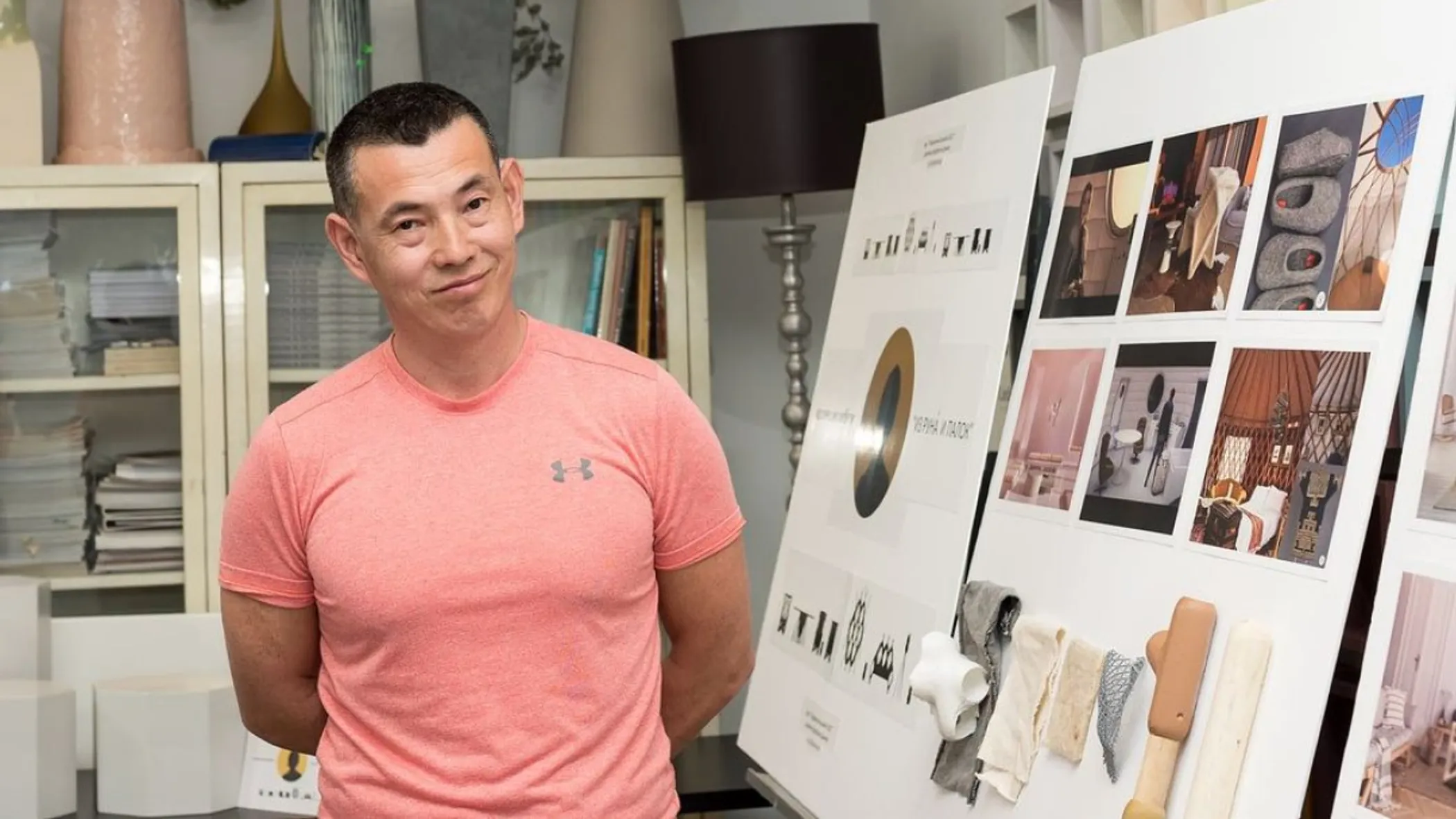
When it comes to the theme of sustainability [in my works], it is an issue that concerns me personally. I live in the suburbs of Astana and have built a house here. I started to notice that while living here, I was throwing away a considerable amount of plastic waste. It bothered me because the plastic we discard has value. So, even when I use plastic, I have to recycle it. I utilize plastic bottles for my projects and create printed parts with them using a 3D printer.
In one of your posts, you hinted at a deeper story behind the armchair labeled as YT23177. Could you elaborate on what you meant?
I submitted my chair to a contest, and I was given this identification number. This was for last year when I showcased it at Milan Design Week. Entering the competition under this name, I became a finalist. This marked the beginning of my journey, traveling to exhibitions. I exhibited my creations at the Dutch Design Week 2023, Art & Design in Moscow.
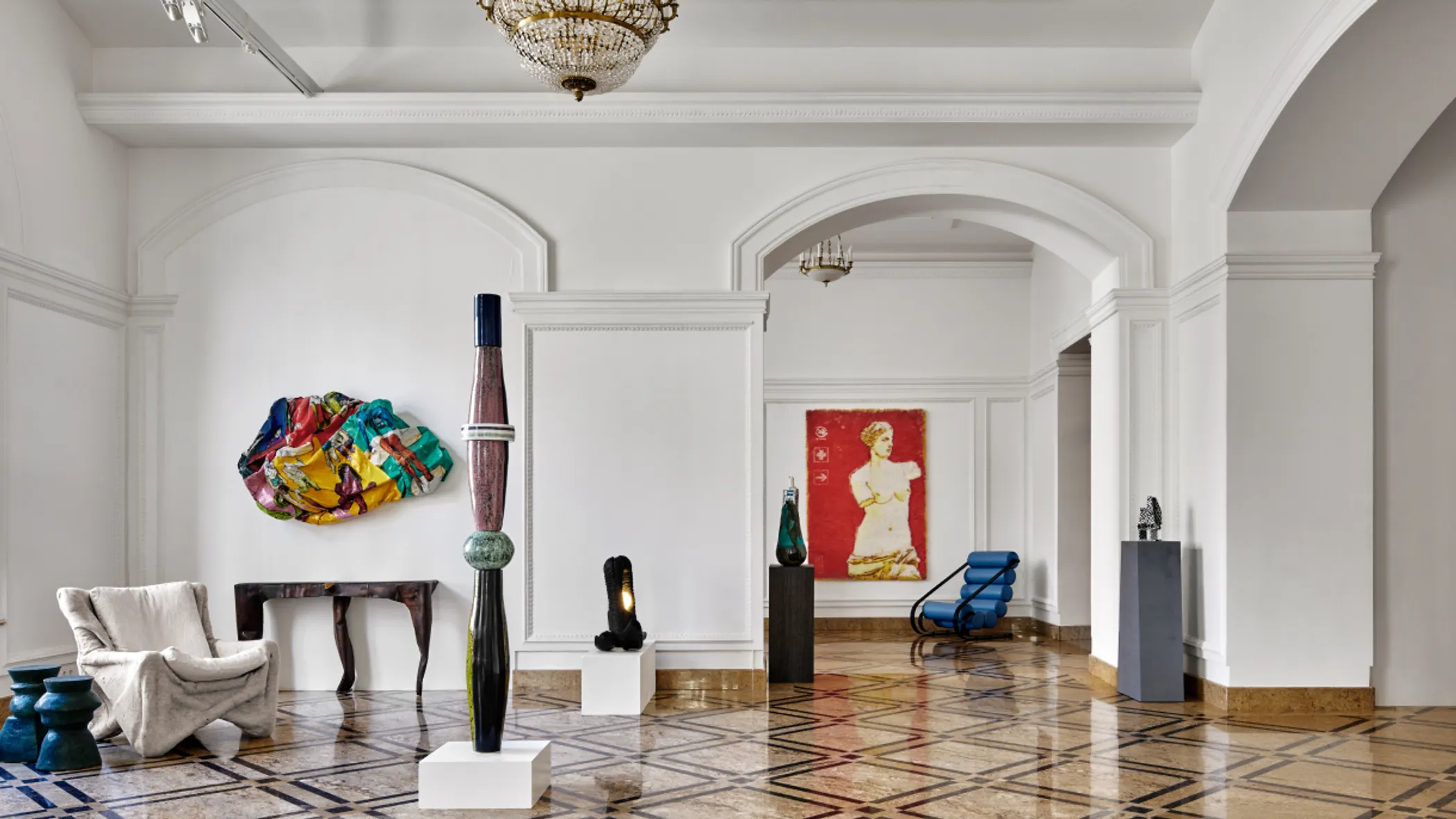
The making of the armchair itself is an interesting story. It is made of several materials. The frame, for instance, is made of shovel handles. Why handles? First, it's an accessible material. Second, it’s robust and also inexpensive. Many people who are familiar with my work are unaware of this distinctive detail in its frame, but it also serves as a conceptual element.
I came up with the idea that this chair of mine could be assembled in any corner of the world. If you have a 3D printer, you can get files over the Internet and print it. It will never be a problem to find a suitable garden tool handle in any hardware store worldwide.
The most important material in my creations is felt. It is a sustainable material found anywhere in the world—where there are sheep, there is wool. It decomposes without problems in the soil, and it is ethically sourced; when the wool is sheared, the animals don’t suffer. Beyond this, its physical properties are wonderful, it has great thermal conductivity, It retains heat, and it can be used both outside and indoors. And most importantly, this fabric is also breathable.
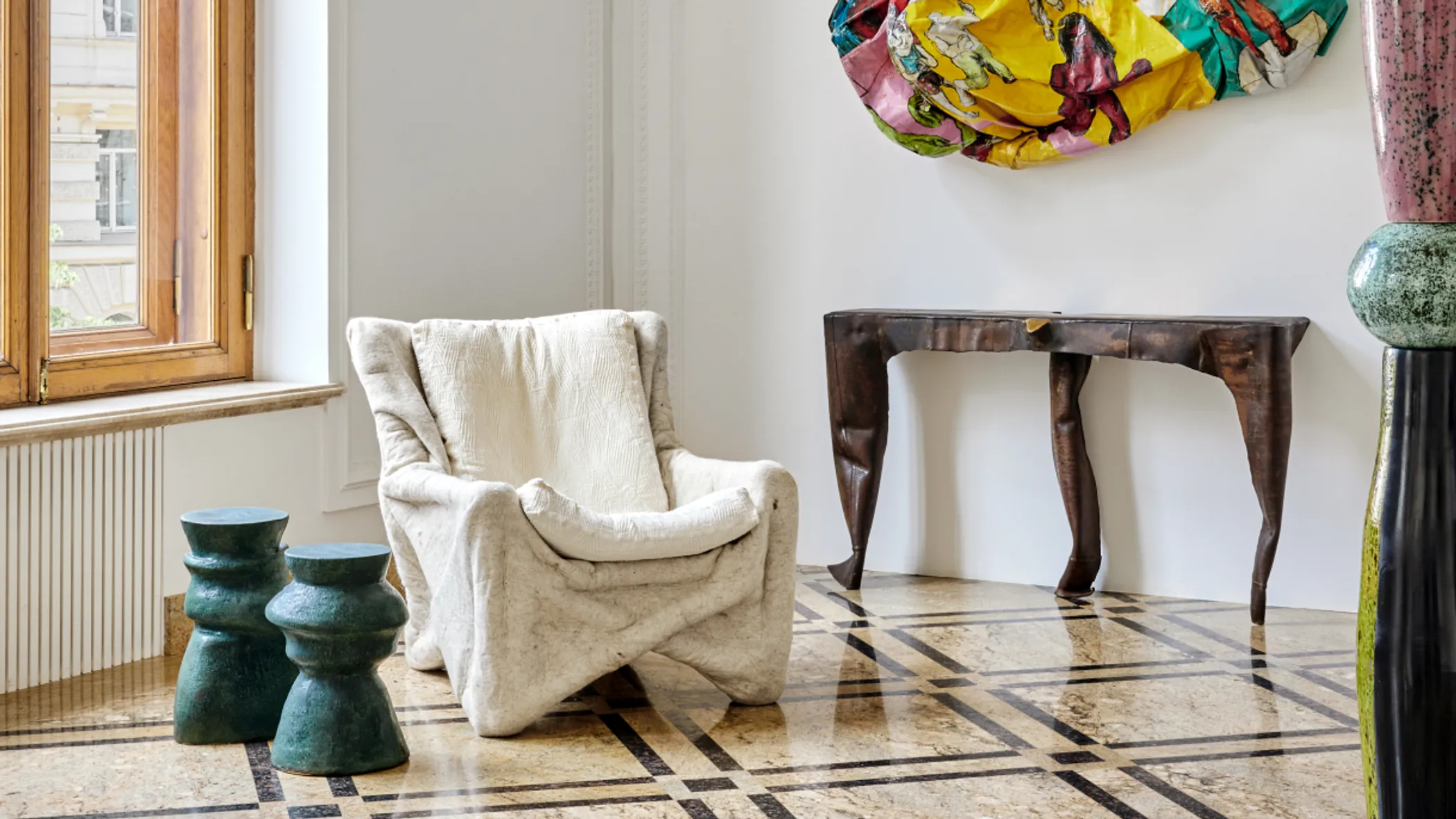
Your work exists on the edge of contemporary art. Have you ever wanted to try your hand at it?
In general, I appreciate contemporary art and would like to try my hand at it. Through art, you can address so many issues of society. Renowned designer, Alice Rawsthorn, used to say, “Contemporary art asks a question, and design gives an answer to this question,” and that's why I chose the design, to answer questions. But with art, I would like to touch on the role of ideology. I would pose questions to prompt the viewers to contemplate some new facets that I unveil to them.
There's a trend in furniture design to create warm, almost 'knitted' interiors, incorporating elements similar to your felted furniture pieces. What, in your opinion, could be the reason behind this trend?
This trend was caused by the lockdown. There was this big demand for tactile, soft, and warm things. Both literally and figuratively. When you are surrounded by mass-produced, standardized things, they, to put it bluntly, lack a certain soul.
As in, people felt that these things were machine-made, and a considerable number of them developed this preference for handmade things. People just felt this ‘shortage,’ and it became a trend.
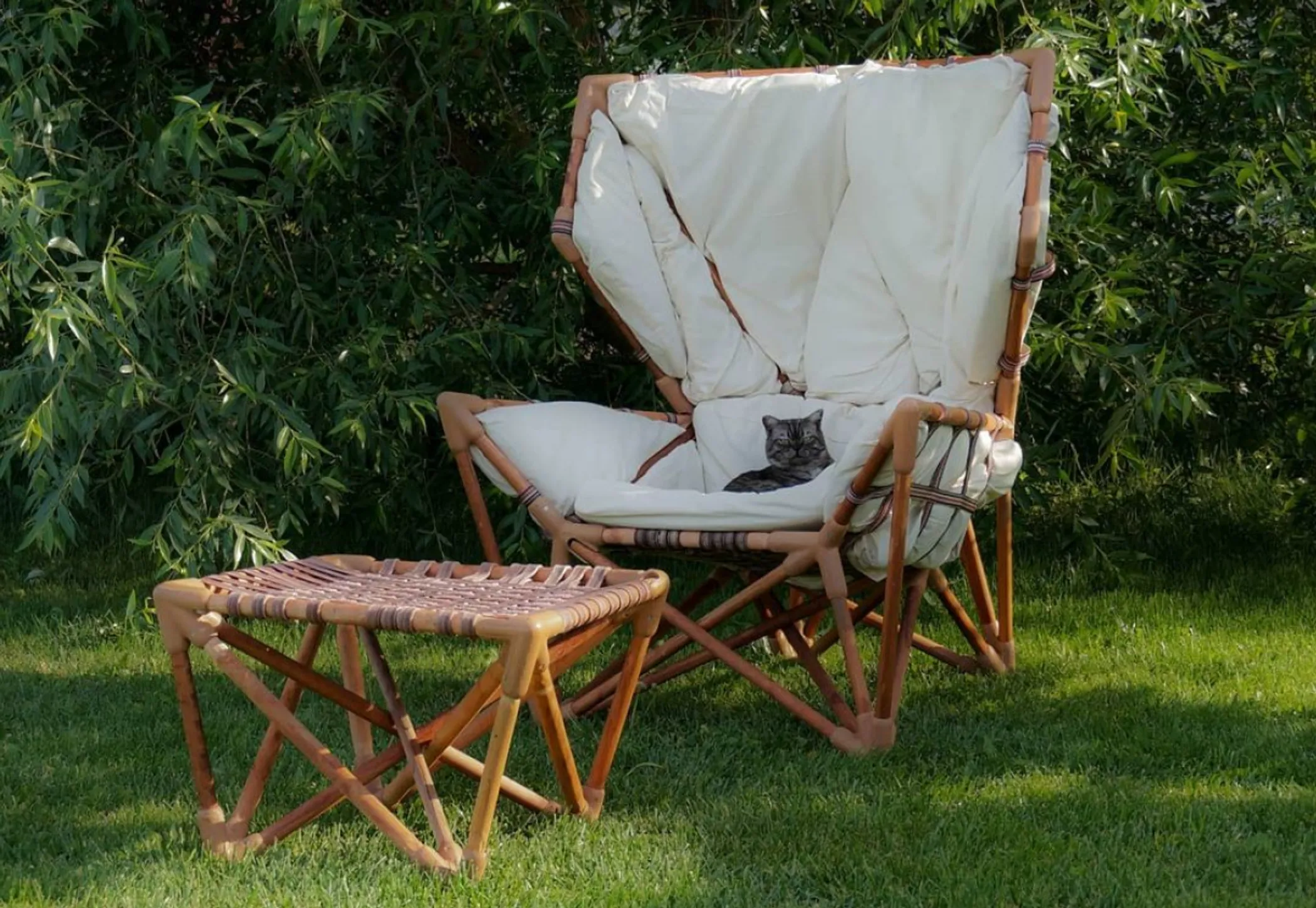
Given this demand, how developed is the industry in Kazakhstan?
Product design is still in its infancy here. While there are people who engage in it, there are very few of them. There are only a handful of institutions that are involved in design, and there needs to be national competitions and exhibitions on product design. We probably have art historians, those who are associated with design, and those who cover it. But we don't hear about them.
Art critics, competitions, and exhibitions—all these parts I mentioned are part of one ecosystem for the development of the design industry. Without these components, we'll end up with separate authors, individual artists, and distinct designers working in isolation from the broader industry.
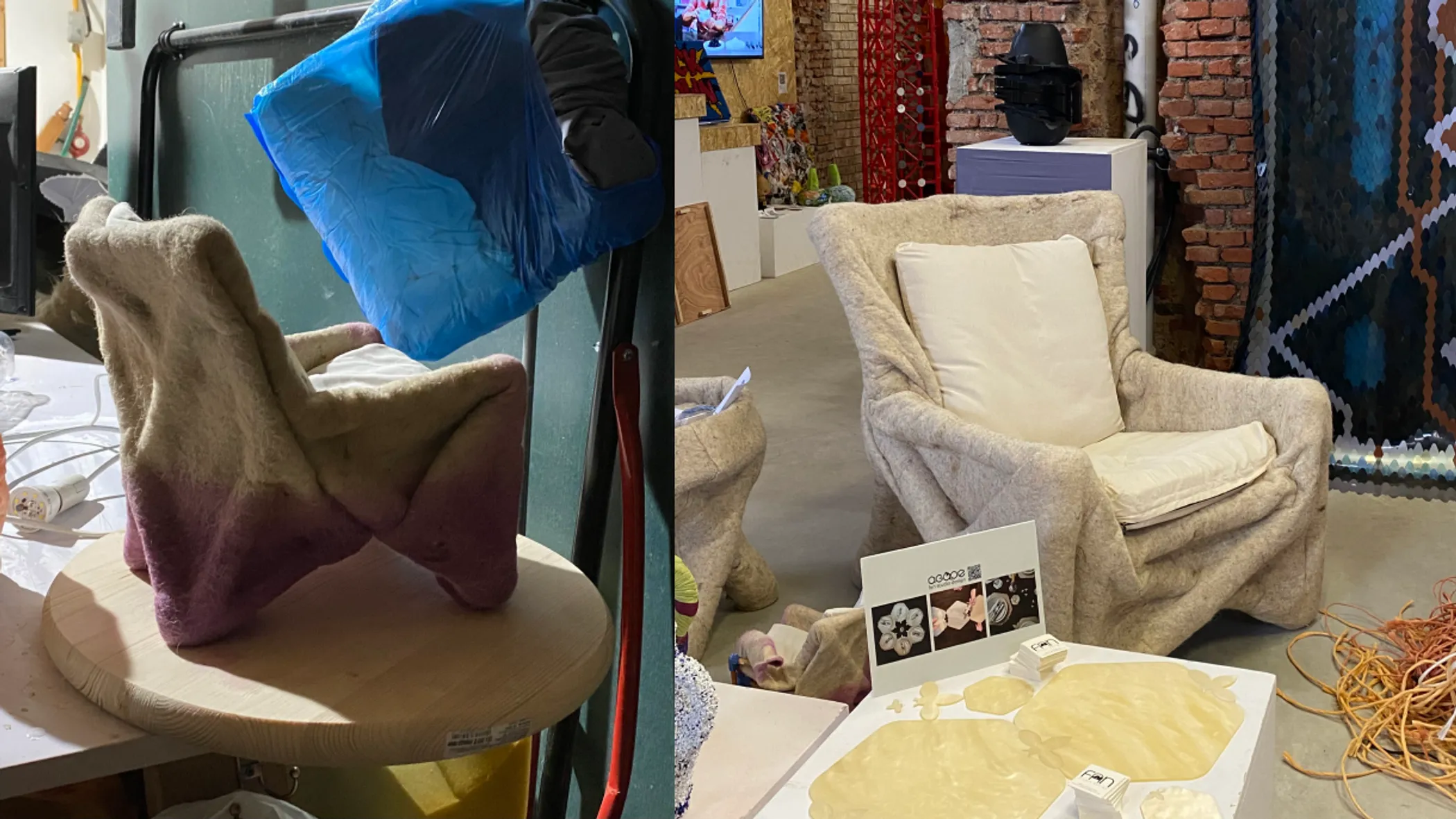
Who comprises the audience for your work?
I would say it's aged thirty and above. A lot of people see and appreciate my work; usually, they are from Europe because they don’t have these concepts, and they are intrigued by the ethnic component. Our people also appreciate [my work], but interest comes primarily from Europe and America.
When they see my felt designs for the first time, they freeze for a moment because they can't understand what kind of material this is. Is it hard, is it soft, is it nice to the touch or is it like plastic? They don't have that experience with felt.
I shared a post on Instagram featuring a table made from marble and felt. When visitors saw it at the Art & Design exhibition for the first time, they initially couldn't comprehend that the table's base was made of felt. It breaks the usual pattern for them because they thought that if the tabletop was marble, the base would be marble too. Or should be [made out of] something hard at least. So, the revelation that the pedestal is soft felt comes as a pleasant surprise.

